7 Basement Flooding Prevention Tips
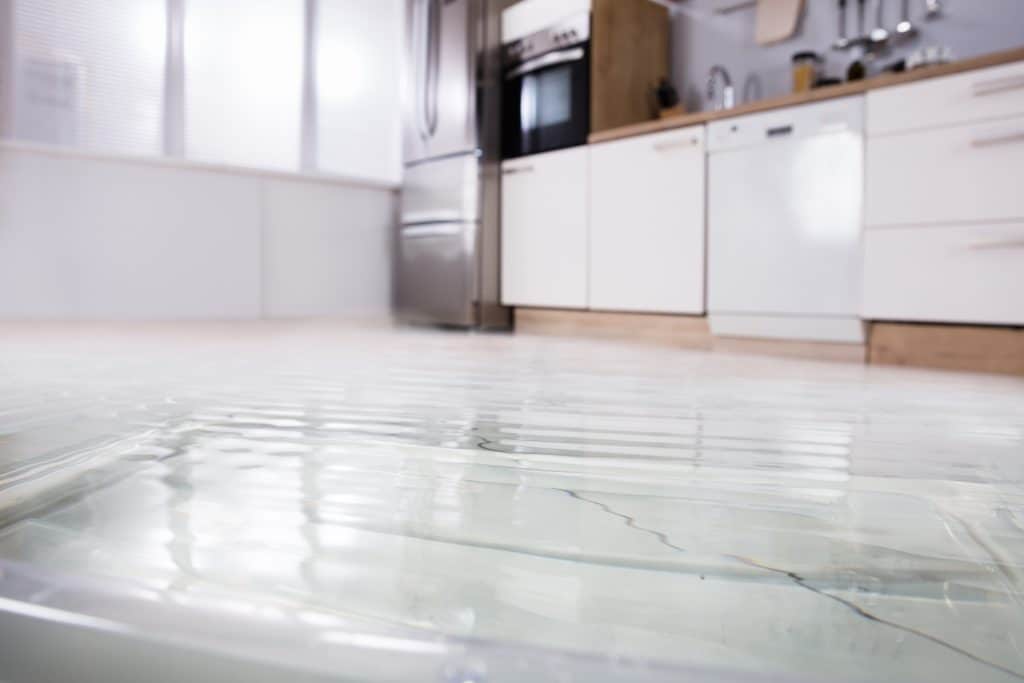
Proactive homeowners understand the value of taking steps to prevent basement floodingFlooding is the overflow or accumulation of water in areas t... More. Without practical measures to keep water out, moisture will invite itself in. The unwelcome houseguest causes a host of water damage and forces homeowners to dig deep into their pockets to remedy the ruin.
Why Do Basements Flood?
Before embarking on a crusade to secure the basement, it is important to know the common sources of floodingFlooding is the overflow or accumulation of water in areas t... More in the lowest level of the home. Washing machines and hot water tanks are often housed in the basement; when appliances malfunction, water damage can spread throughout multiple areas of the home.
Severe weather conditions, like seasonal thunderstorms or rapid spring snowmelt, contribute to a high rate of home floodingFlooding is the overflow or accumulation of water in areas t... More. The excess water overflows from the gutter and pools around the foundation. Cracks in the foundation or weak areas permit water to seep inside and flood the basement.
Many homeowners will experience a flooded basement at some point during the occupancy of their home. Whether the flood is six inches of water or minor seepageSeepage is the slow movement of water or other fluids throug... More that dampens the basement carpeting, homeowners will want to avoid the time-consuming task of restoring a water damaged basement.
Basement Flood Prevention Tips
-
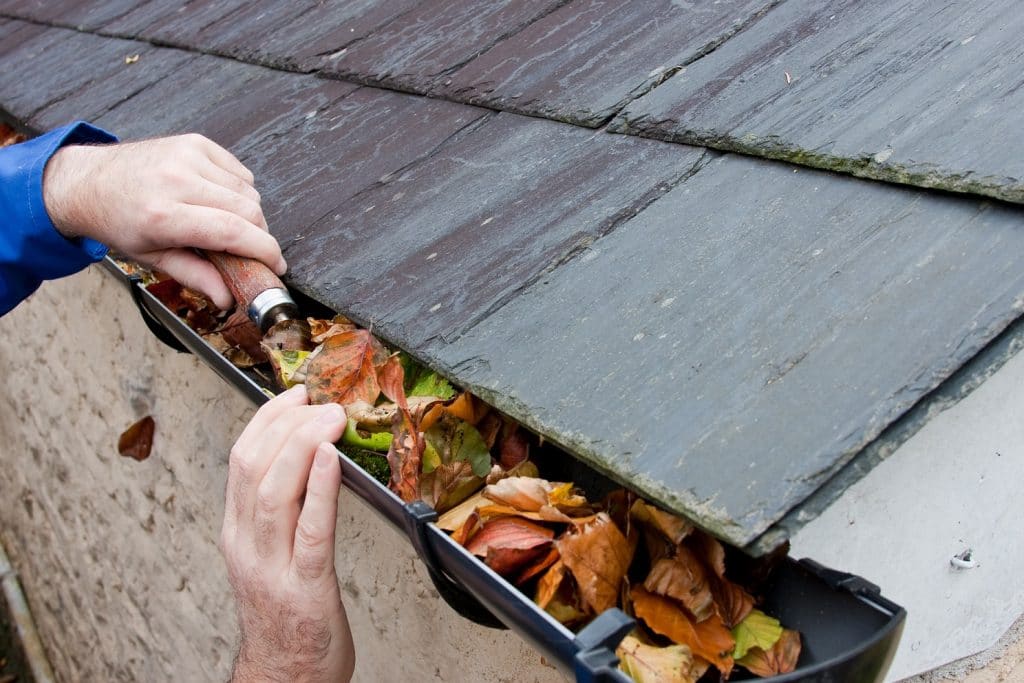
Maintain the gutters. Clean gutters at least twice annually, once in spring and once in autumn. A gutter blocked by natural debris, like twigs and leaves, pushes rainwater down the siding and around the perimeter of the home. The pooling water has a chance to enter the basement via foundation cracks and faults.
Ensure the downspout directs water at least 6 to 12 feet away from the home. The water should drain downwards and away from the home. Ensure the water does not drain into the municipal sewer system, or the home will be subject to increased water backflows into the basement.
Purchase inexpensive, metal downspout extensions rather than plastic, as the metal ones fail to leak. If the yard has little room for add-on extensions, install underground PVC drain pipes, which direct water to the front or back yards. Be careful to not allow the pipes to flood the neighbors’ basements.
- Grade the yard. A lawn sloped away from the home prevents water from collecting around the structure’s perimeter, and, thereby, significantly reduces the risk for basement floodingFlooding is the overflow or accumulation of water in areas t... More. Regrade the lawn or install French drains to ensure water has no path to leak into the basement.
Homeowners with a knack for DIY landscaping tasks can dig around the house and fill this dry creek with cobblestones or river rocks. Splicing the lawn in such a way directs excess water into this creek around the home rather than haplessly allow the water to run toward the building.
- Run a dehumidifierA dehumidifier is a device that removes excess moisture from... More. With the basement being a cavity in the ground, it will inevitably remain moist and humid. Curtail the dampness by running a dehumidifierA dehumidifier is a device that removes excess moisture from... More 24 hours a day, especially from April through October. The dehumidifierA dehumidifier is a device that removes excess moisture from... More dries the condensation that forms on the foundation walls in summer.
- Seal foundation cracks. Regularly inspect the basement for foundation cracks. Minor, vertical cracks are expected in concrete foundations, especially as new houses settle. An epoxy sealant or polyurethane foam injection are recommended for sealing hairline faults. Persistent cracks should be sealed by a professional contractor.
-
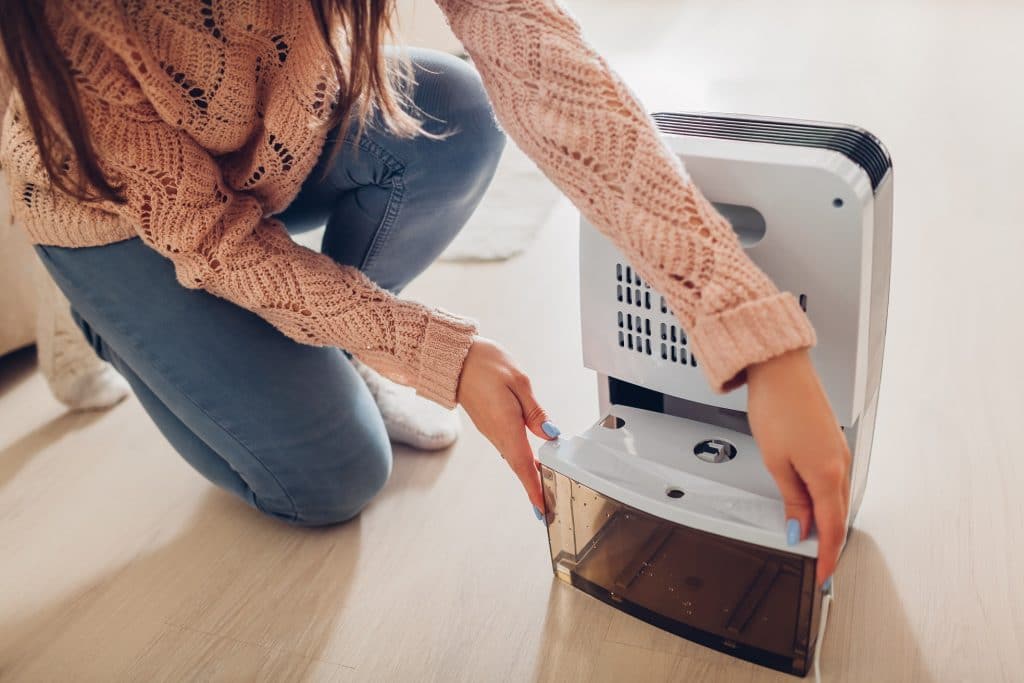 Test the sump pumpA sump pump is a pump installed in a basement or crawlspace ... More. Power failures that occur during rainstorms are a nightmare, especially when homeowners neglect to maintain the sump pump. Install a 120-volt backup sump pumpA sump pump is a pump installed in a basement or crawlspace ... More equipped with a check valve for extra precaution. Ensure the pump drains to the outside and away from the home.
Test the sump pumpA sump pump is a pump installed in a basement or crawlspace ... More. Power failures that occur during rainstorms are a nightmare, especially when homeowners neglect to maintain the sump pump. Install a 120-volt backup sump pumpA sump pump is a pump installed in a basement or crawlspace ... More equipped with a check valve for extra precaution. Ensure the pump drains to the outside and away from the home. - Add window well covers. Without window well covers positioned over below-grade basement windows, rain and natural debris will find their way into the basement. Window well covers work by preventing rainwater from seeping through the basement windows. Clear, acrylic covers allow in light while helping keep the basement dry.
Poorly installed window well covers, inadequate drainage and wrong window well sizing are common problems that defeat the function of window well covers. Enlisting a basement waterproofingWaterproofing is the application of materials or coatings de... More contractor will fix moisture issues that stem from improper window well cover installations.
- Review insurance. Homeowners’ insurance policies are not likely to cover basement floodingFlooding is the overflow or accumulation of water in areas t... More. Flood insurance must be purchased separately from the National Flood Insurance Program. Mortgage lenders require homeowners with properties located in high risk flood areas to purchase flood insurance.
Flood damage may be covered by insurance if the issue was not caused by the homeowner’s failure to perform routine maintenanceMaintenance is the routine care, inspection, and repair of a... More. Check your homeowner’s insuranceHomeowner’s insurance is a policy that provides financial ... More policy for specific coverage relative to basement floodingFlooding is the overflow or accumulation of water in areas t... More.
Basement Flood Restoration
Restoring a flooded basement is no easy task, making flood preventionPrevention refers to actions taken to reduce the likelihood ... More the most cost-effective method. Pumping out a few inches of clean water alone will set homeowners back $500 to $1,500 to start. The high costs associated with dryingDrying is the process of removing moisture from materials, s... More out and cleaning up the basement can reach upwards of $10,000.
The flood damage restoration expense only increases with the size of the basement. Additional factors that spike a cleanup cost include whether the water is sewer water polluted with toxic contaminants or clean water from plumbing pipes.
Flood Cleanup
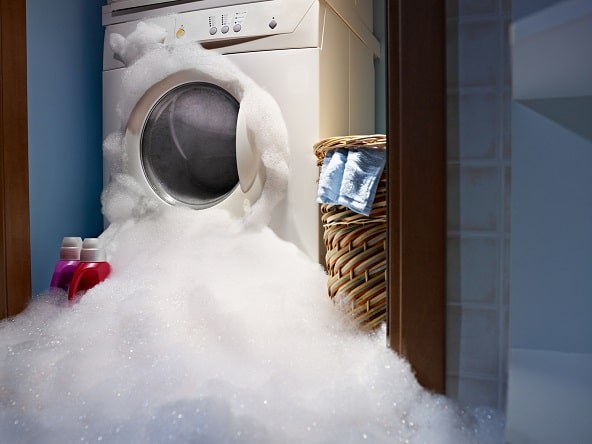 When water damage strikes, a delayed response only aggravates the destruction. MoldMold is a type of fungus that grows in damp or humid conditi... More flourishes within 24 to 48 hours of water damage. Wood structures begin to rot and weaken, leading to an uninhabitable environment. Rather than wait for damage to spread, consult a restorationRestoration is the process of returning a property to its pr... More professional for immediate water damage restoration services.
When water damage strikes, a delayed response only aggravates the destruction. MoldMold is a type of fungus that grows in damp or humid conditi... More flourishes within 24 to 48 hours of water damage. Wood structures begin to rot and weaken, leading to an uninhabitable environment. Rather than wait for damage to spread, consult a restorationRestoration is the process of returning a property to its pr... More professional for immediate water damage restoration services.
RestorationRestoration is the process of returning a property to its pr... More professionals are prepared to extract all traces of water from your flooded basement or any part of your property. Water damage, especially when it contains sewageSewage is wastewater containing biological and chemical cont... More, is an emergency situation. Technicians will arrive onsite to expedite the restorationRestoration is the process of returning a property to its pr... More process promptly.
Included in the comprehensive water damage cleanup services are an initial assessment of the damage, extraction of excess moisture, a thorough dehumidificationDehumidification is the process of reducing and controlling ... More procedure and a sterilization process to ensure the home is free from waterborne bacteria.










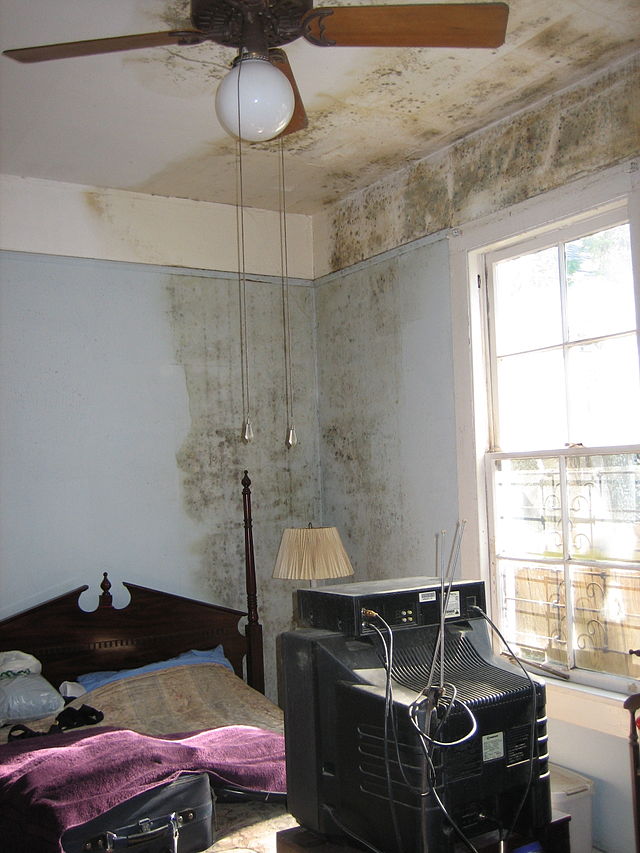


I’ll bear your tips in mind if I ever have a basement–not likely though as I’m living in a retirement flat in England. Your warnings make me glad to be here, despite the cheerless weather.
Thanks for all your tips!